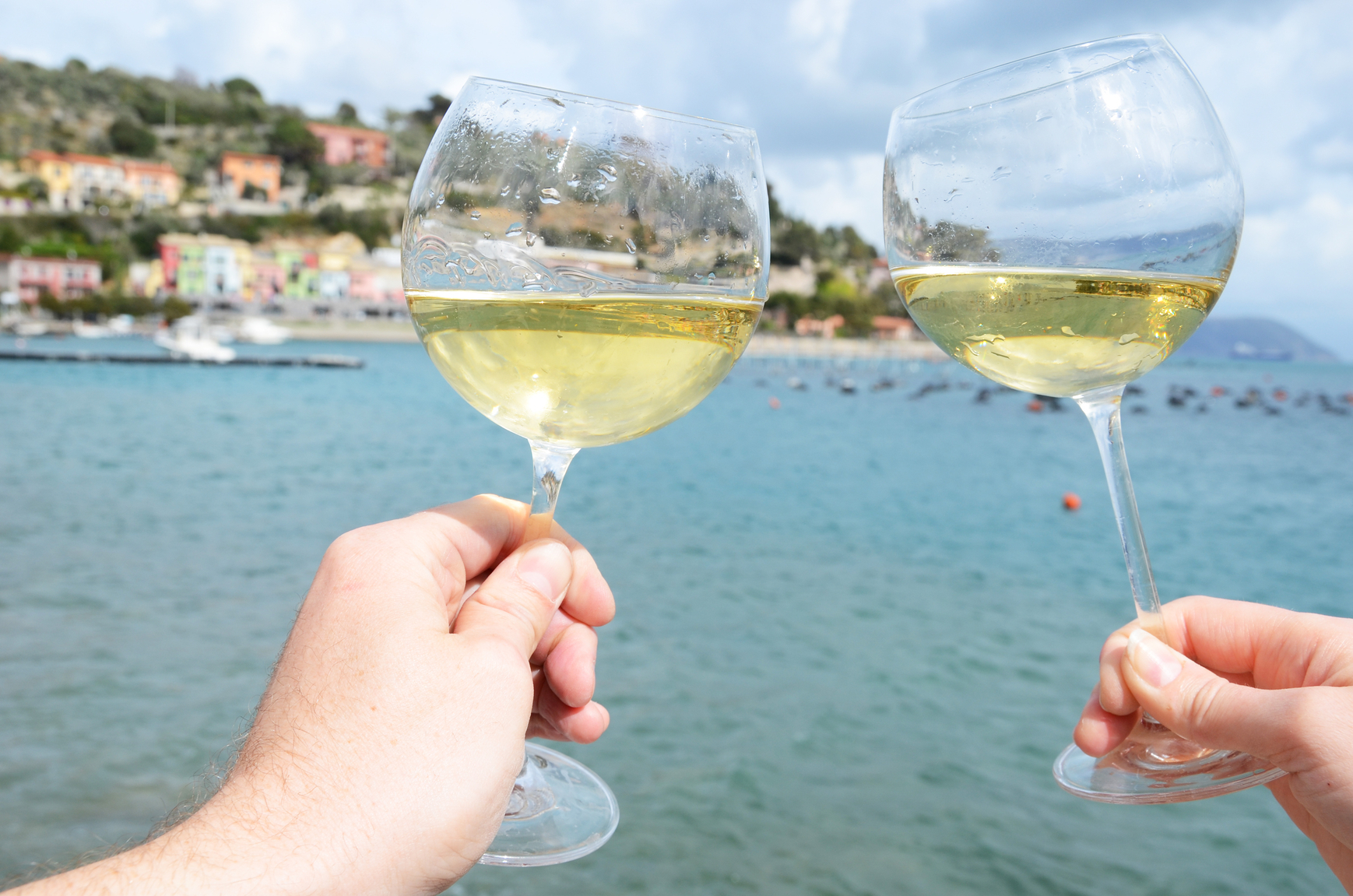Every time I do a wine tasting and meeting with wine enthusiasts, they always tell me about that trip to Italy they did and how amazing the wine was. The story always goes something like this: “I had this amazing wine on the Amalfi Coast. There weren’t any sulfites in it and it tasted amazing! But when I got back home I couldn’t find that wine or anything like it.”
Here’s another common story that people tell me when they get back home from their vacation in Italy: “We went to Tuscany for a wine tour and had the best wines of our lives. We asked the owner of the winery where they could find this wine in the United States and he told us that he didn’t export.”
The truth is that most of the Italian wines imported into the United States are made by industrial practices. Everything from the cheapest Chianti on the shelf to the “name brand” Brunello di Montalcino. These wines are the mass market, high volume wineries that focus more on quantity in order to lower the costs and increase their profits. The end result is almost always a mediocre wine that tastes more or less like the other wine with a different label. These are also the wines that cause those unpleasant “red wine headaches” in the morning.
What you are experiencing in Italy, if it’s an excellent wine with no headaches, are wines made by small producers. Wineries that produce between 100 bottles and 50,000 bottles per year. That doesn’t mean that a quality wine can’t be made with some industrial practices but less is better.
When you go into your generic liquor store on the corner, I can bet that 9 out of 10 bottles are made by large, industrial wineries.

But how do you know which wines are made by large producers and which ones are made by small producers? You’ll never know by reading the labels. Occasionally a producer will tell you on the back label as to how many bottles are produced annually.
It requires some research. Go online and look up the wineries. See if they list the annual bottle production. If they don’t, send them an email. Or do a google search and look for wine publications. See if you can find any articles about the winery that you’re interested in. The reality is that it’s time consuming and I wouldn’t expect all of you to do that. But you can if you want.
The best service I can offer you is this: As a small importer, I’m traveling all over Italy looking for that special wine that made your trip to Italy such a memorable experience. I only support small Italian wine producers and I put these wines into wine shops and restaurants in New York.





